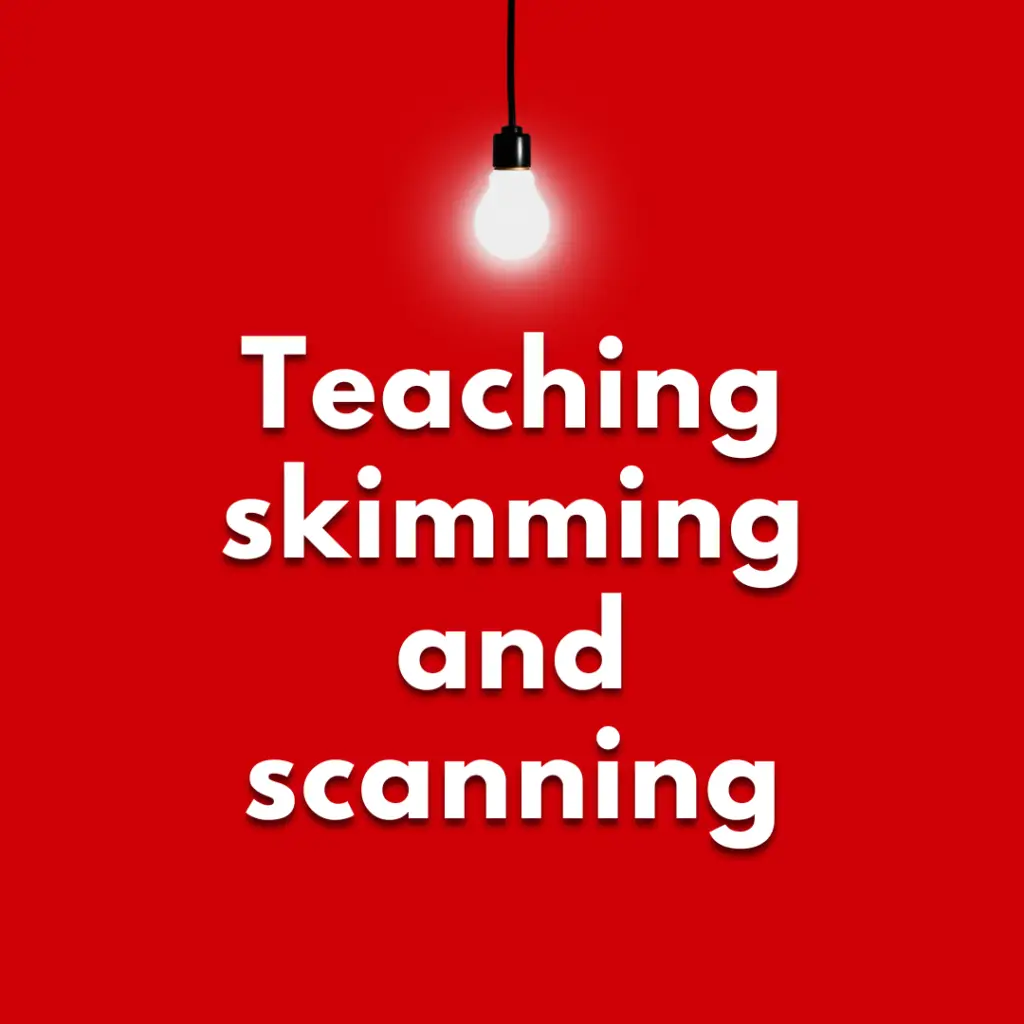- Home
- Single Blog
10 Fun Zoom Activities to Boost Vocabulary Learning in Young ESL Students
Engaging and Easy-to-Use Games to Make Vocabulary Stick in Your Online ESL Classes

Teaching young learners online can be both rewarding and challenging.
One of the trickiest parts? Keeping students engaged while practising vocabulary.
If you’ve ever seen your student’s eyes wander during flashcard drills, you know exactly what I mean.
The good news is that vocabulary practice doesn’t have to be boring — in fact, with a few tweaks, it can be the most exciting part of your class.
Here are 10 tried-and-tested Zoom activities I use in my own 1-on-1 and small group lessons to make vocabulary come alive.
1. Show & Tell Hunt
A classic with an online twist. Give your student 20 seconds to find something in their home that matches your word or category.
Example: “Find something red” → they bring a red toy to the camera.
Tip: For abstract words or things they can’t find, let them draw it quickly.
2. What’s Missing?
Share your screen with 5–6 vocabulary pictures. Ask your student to close their eyes while you hide one, then open their eyes and name the missing item.
Why it works: Encourages memory recall and careful observation.
3. Mystery Bag
Grab a bag and put real objects (or use blurred pictures on screen). Give clues until the student guesses the word.
Example: “It’s small. It’s in your pencil case. You use it to write.” → “A pen!”
4. Spin & Say
Use an online spinner tool (like wheelofnames.com) loaded with your target vocabulary. Students spin, say the word, and make a sentence.
Pro tip: Use pictures instead of words for beginners.
5. Draw It!
You describe an item and your student draws it — or vice versa.
Example: “It’s an animal. It’s big and gray. It has a long nose.” → “An elephant!”
This works brilliantly with the Zoom whiteboard or paper and pen.
6. Odd One Out
Show 3 items and ask which doesn’t belong.
Example: “book – ruler – dog” → “Dog, because it’s not a classroom object.”
Great for encouraging students to explain their reasoning in English.
7. Zoom Background Challenge
Change your Zoom background to an image packed with vocabulary items. Students spot and name what they see.
Ideas: A messy bedroom, a busy market, a farmyard.
8. Snap!
Hold up flashcards one by one. Students shout the word if it matches your chosen category (e.g., “clothes” or “animals”).
This is perfect as a warm-up or end-of-class energy boost.
9. True or False?
Show a picture and make a statement.
“This is a blue dress.” → Student: “False! It’s a red dress.”
Helps students practise both comprehension and correction skills. Make sure they use complete sentences for correction.
10. Guess the Sound
Play a sound effect or do it yourself and have students identify it.
Cow mooing → “It’s a cow.”
Great for animal units, weather, or environmental sounds.
Final Thoughts
With these activities, vocabulary practice on Zoom can be interactive, personal, and — most importantly — fun.
You don’t have to use them all at once; just sprinkle 2–3 into each lesson.
Rotate them to keep your sessions fresh, and adapt them to your unit themes.
孩子學了好幾年英文,為什麼還是不敢開口?|Pinata Education
元旦英文繪本推薦:外師精選 6本新年主題英文故事
聖誕節英文繪本推薦:外師精選 8 本適合台灣孩子的節慶讀物
Quick Links
Contact Us
Reach us by email or WhatsApp
- info@pinataedu.com
- +44 7962639204





